It's not about cycles and trends, but pattern and randomness
Chimp Investor is ranked #3 of 90 by Blog Overview and #10 of 100 by FeedSpot in their relevant categories. A review on WealthTender would be much appreciated.
In a recent post I wrote about the difference, an important one, between cyclical and trend (structural) inflation. Cyclical inflation relates to business cycles and trend inflation to longer periods when inflation is too high, just right, or too low. Business cycles have tended to last 6 years on average, periods of structural inflation (trends) around 17 years.
But what exactly is the difference in general between cycles and trends?
Think first about an example of each that you should be familiar with.
Once you are conceived you start over time to become more athletic. Then, at some point, you start to become less athletic and eventually you die. These are examples of two trends.
You breathe in, then out, and repeat. Or at least you should. If it stops it means you have reached the end of the second trend mentioned above. Breathing is an example of a cycle.
You'll have immediately noticed that a key difference between the two is whether something is repeating. Cycles by definition repeat, trends don't. Cycles oscillate, trends just carry on till they stop, or longer.
However, it's not that simple.
The examples of trends given above might be thought of not as trends but as the two halves of one cycle - philosophically speaking you end up where you started when you die. And if you are Buddhist you believe that they are two halves of one of many cycles. As for one breath, it can be thought of as two trends. You carry on breathing in until you cannot breathe in any more then you breathe out. Imagine an in-breath in slow motion and it is easier to think of as a trend.
I challenge you to think of a trend that is not in some way cyclical, or a cycle that does not contain trends. It's not as easy as you might think.
I in fact was uncomfortable calling periods of structural inflation trends as indeed I did because there is clear cyclicality - over the last 120 years at least, structurally high inflation has tended to follow periods when it is structurally low. It's just that these trends are around three times longer than business cycles and do not have their regularity; the order of periods of structural inflation since 1900 has been o+-+o+o (just right, high, low etc) which is some way from what one would expect from a repeating cycle i.e. o+o-o+o.
Technological advance among humans is perhaps one of the best examples of a trend but even that will end up where it started at some point, assuming we eventually go extinct which we will. In fact, the definition of a species is completely arbitrary - the old lumpers and splitters debate. If you think of yourself as a species of one, your species will go extinct fairly soon, as soon as in the next 150 years.
Even if clear differences are elusive, what unites cycles and trends is pattern. Without thinking of woolly jumpers, understand that pattern is anything that isn't random. Randomness means that two things have no influence or dependence on each other; pattern means they do. However, given that in the real world, gravity and other fundamental forces mean that any two things in the universe have an influence over each other, there is no such thing as pure randomness. Pure randomness exists only in the world of theoretical mathematics. Your thoughts and other neural processes also are non-random: one leads to another. If they didn't you wouldn't exist.
And, yes, a woolly jumper - unless I knitted it - is an example of pattern.
A well understood and documented pattern in a stock price is momentum. Simplistically, momentum means that if a stock's price went up yesterday, the probability of it going up today is more than 50%. If the probability is exactly 50%, this would be pure randomness - as in an unbiased coin. Furthermore, the momentum pattern in theory is an example of a trend - if tomorrow's price is always likely to be in same direction as today's, the price will continue in the same direction forever.
And yet this is not what happens. Eventually another pattern - mean reversion - kicks in, which sets off a momentum trend in the other direction. Back towards the mean, towards trend.
Hang on! If momentum is a trend, how can it take you back to trend? The fact is that in practice momentum is cyclical like breathing, not a trend. There comes a point - aka negative feedback - at which a stock price cannot rise or fall any farther, or you cannot breathe in or out any more, and things reverse. And even the underlying trend to which mean reversion followed by momentum take you back is not a trend but just some longer-term cycle.
The solution? Forget trends. Everything is cyclical.
Originally Posted on chimpinvestor.com


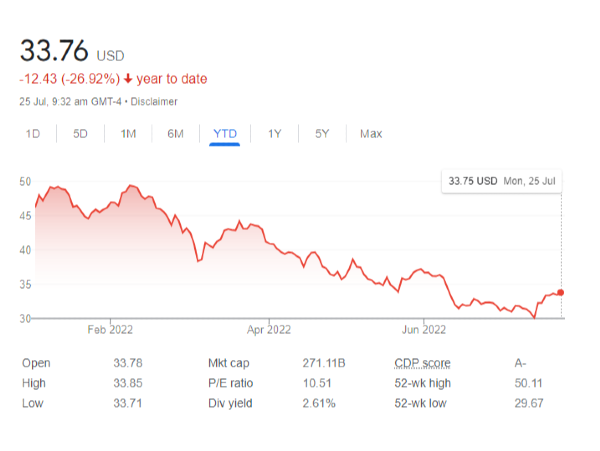

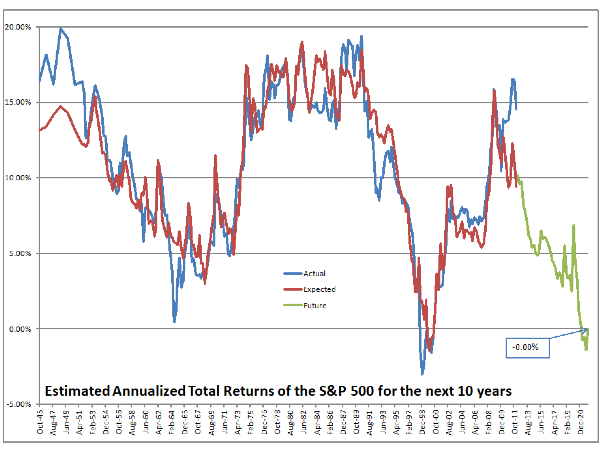

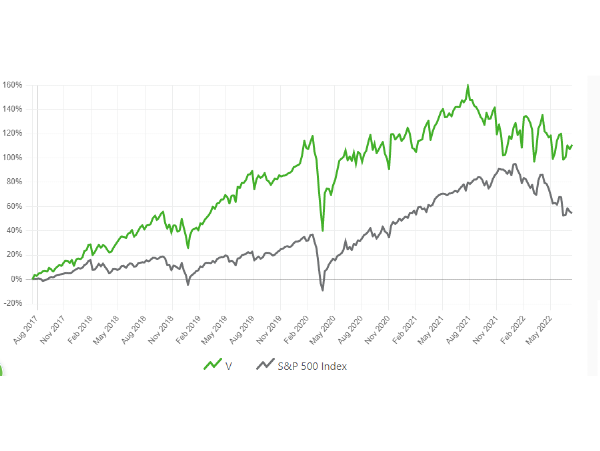


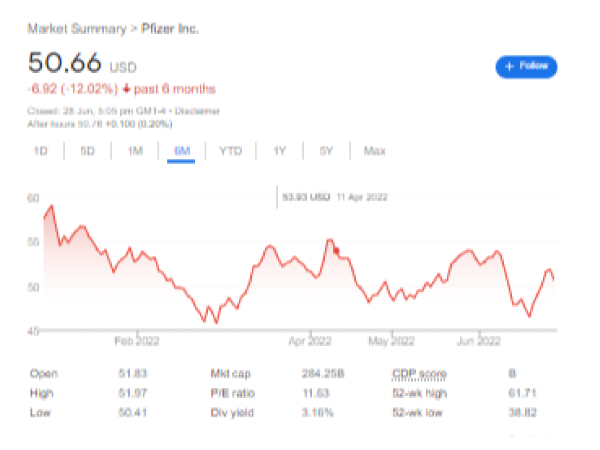
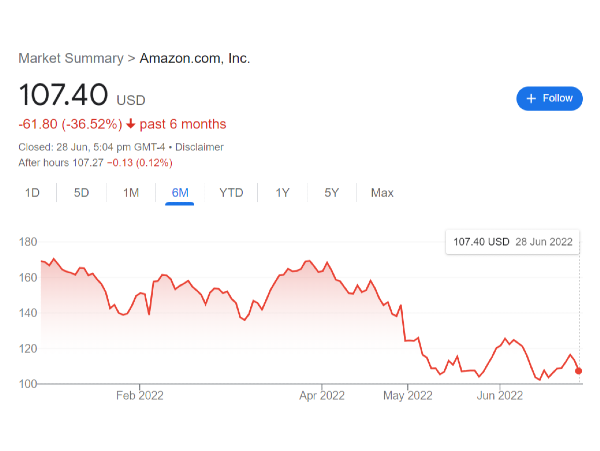




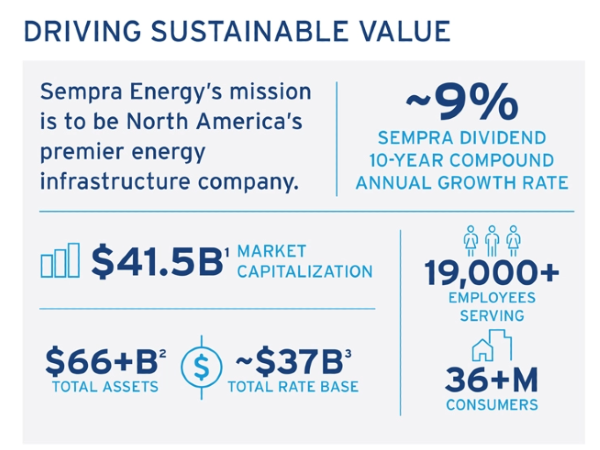
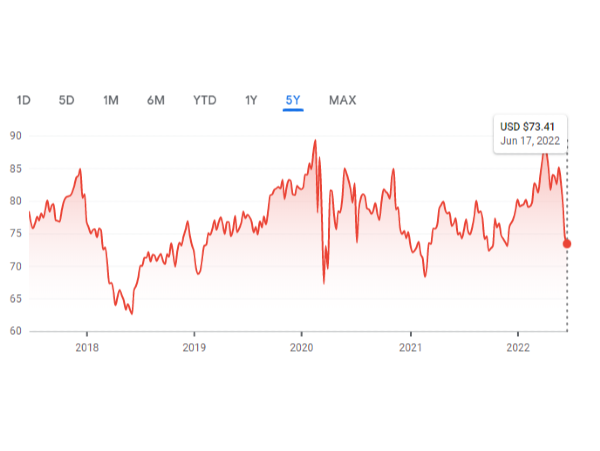











It's not about cycles and trends, but pattern and randomness
Chimp Investor is ranked #3 of 90 by Blog Overview and #10 of 100 by FeedSpot in their relevant categories. A review on WealthTender would be much appreciated.
In a recent post I wrote about the difference, an important one, between cyclical and trend (structural) inflation. Cyclical inflation relates to business cycles and trend inflation to longer periods when inflation is too high, just right, or too low. Business cycles have tended to last 6 years on average, periods of structural inflation (trends) around 17 years.
But what exactly is the difference in general between cycles and trends?
Think first about an example of each that you should be familiar with.
Once you are conceived you start over time to become more athletic. Then, at some point, you start to become less athletic and eventually you die. These are examples of two trends.
You breathe in, then out, and repeat. Or at least you should. If it stops it means you have reached the end of the second trend mentioned above. Breathing is an example of a cycle.
You'll have immediately noticed that a key difference between the two is whether something is repeating. Cycles by definition repeat, trends don't. Cycles oscillate, trends just carry on till they stop, or longer.
However, it's not that simple.
The examples of trends given above might be thought of not as trends but as the two halves of one cycle - philosophically speaking you end up where you started when you die. And if you are Buddhist you believe that they are two halves of one of many cycles. As for one breath, it can be thought of as two trends. You carry on breathing in until you cannot breathe in any more then you breathe out. Imagine an in-breath in slow motion and it is easier to think of as a trend.
I challenge you to think of a trend that is not in some way cyclical, or a cycle that does not contain trends. It's not as easy as you might think.
I in fact was uncomfortable calling periods of structural inflation trends as indeed I did because there is clear cyclicality - over the last 120 years at least, structurally high inflation has tended to follow periods when it is structurally low. It's just that these trends are around three times longer than business cycles and do not have their regularity; the order of periods of structural inflation since 1900 has been o+-+o+o (just right, high, low etc) which is some way from what one would expect from a repeating cycle i.e. o+o-o+o.
Technological advance among humans is perhaps one of the best examples of a trend but even that will end up where it started at some point, assuming we eventually go extinct which we will. In fact, the definition of a species is completely arbitrary - the old lumpers and splitters debate. If you think of yourself as a species of one, your species will go extinct fairly soon, as soon as in the next 150 years.
Even if clear differences are elusive, what unites cycles and trends is pattern. Without thinking of woolly jumpers, understand that pattern is anything that isn't random. Randomness means that two things have no influence or dependence on each other; pattern means they do. However, given that in the real world, gravity and other fundamental forces mean that any two things in the universe have an influence over each other, there is no such thing as pure randomness. Pure randomness exists only in the world of theoretical mathematics. Your thoughts and other neural processes also are non-random: one leads to another. If they didn't you wouldn't exist.
And, yes, a woolly jumper - unless I knitted it - is an example of pattern.
A well understood and documented pattern in a stock price is momentum. Simplistically, momentum means that if a stock's price went up yesterday, the probability of it going up today is more than 50%. If the probability is exactly 50%, this would be pure randomness - as in an unbiased coin. Furthermore, the momentum pattern in theory is an example of a trend - if tomorrow's price is always likely to be in same direction as today's, the price will continue in the same direction forever.
And yet this is not what happens. Eventually another pattern - mean reversion - kicks in, which sets off a momentum trend in the other direction. Back towards the mean, towards trend.
Hang on! If momentum is a trend, how can it take you back to trend? The fact is that in practice momentum is cyclical like breathing, not a trend. There comes a point - aka negative feedback - at which a stock price cannot rise or fall any farther, or you cannot breathe in or out any more, and things reverse. And even the underlying trend to which mean reversion followed by momentum take you back is not a trend but just some longer-term cycle.
The solution? Forget trends. Everything is cyclical.
Originally Posted on chimpinvestor.com